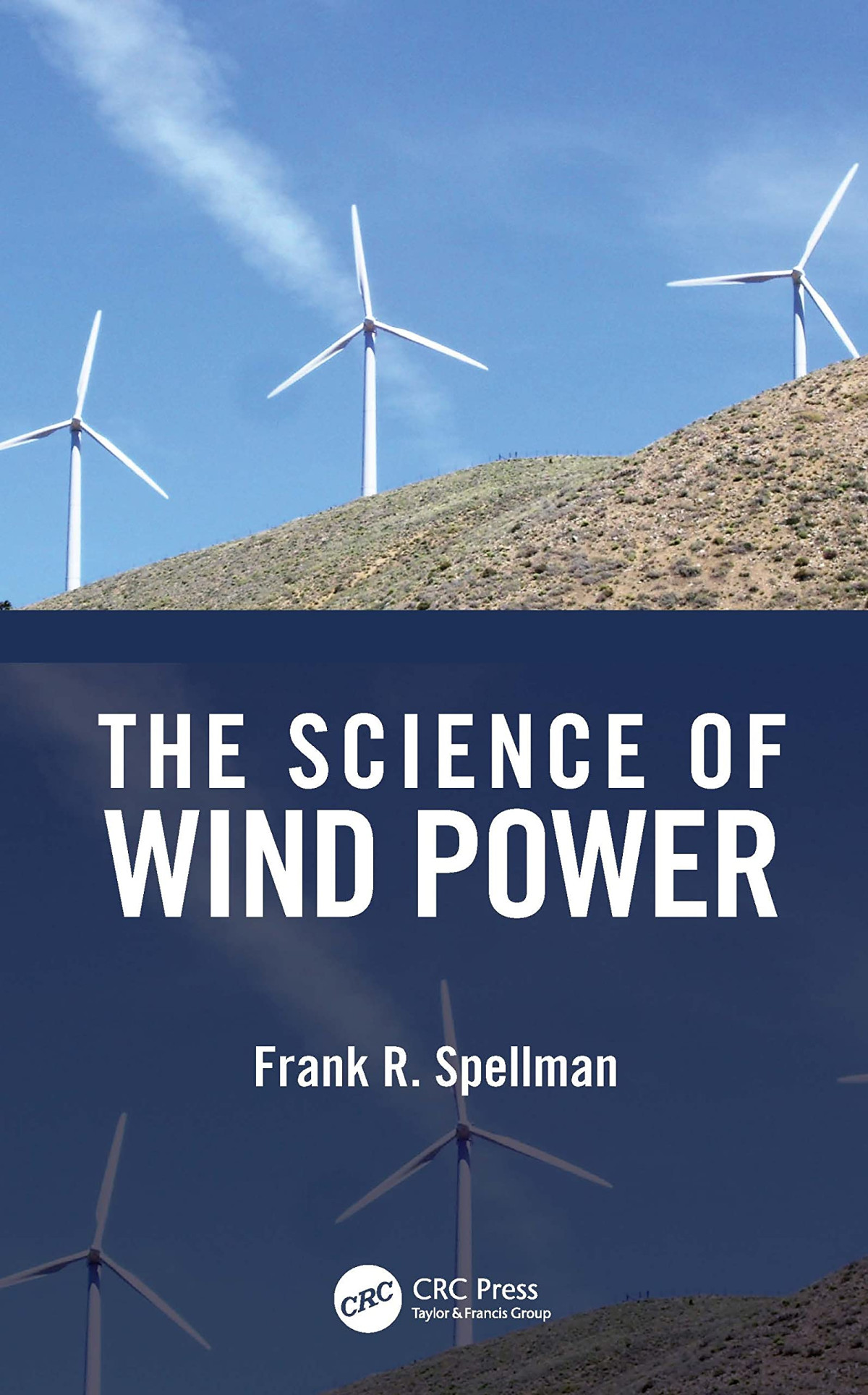

Most ebook files are in PDF format, so you can easily read them using various software such as Foxit Reader or directly on the Google Chrome browser.
Some ebook files are released by publishers in other formats such as .awz, .mobi, .epub, .fb2, etc. You may need to install specific software to read these formats on mobile/PC, such as Calibre.
Please read the tutorial at this link: https://ebookbell.com/faq
We offer FREE conversion to the popular formats you request; however, this may take some time. Therefore, right after payment, please email us, and we will try to provide the service as quickly as possible.
For some exceptional file formats or broken links (if any), please refrain from opening any disputes. Instead, email us first, and we will try to assist within a maximum of 6 hours.
EbookBell Team

5.0
70 reviewsConcern for the environment and for the impacts of environmental pollution has brought about the need to shift from the reliance on hydrocarbons to energy sources that are nearly pollution neutral and renewable. The Science of Wind Power is designed to provide a fundamental understanding for wind technicians and students alike, essentially examining how to harness the wind to produce energy for transmission and use, while keeping environmental impacts in mind. Wind power is one of the fastest-growing energy sources, as it offers many advantages such as being sustainable and a renewable energy source that has a much smaller impact on the global environment compared to fossil fuels. It is important to point out, however, that like wind itself, wind power has a good and bad side, advantages, and disadvantages (challenges), and these different aspects are discussed in detail herein.
Features:
A must-have volume that includes the latest data, diagrams, and useful illustrations, The Science of Wind Energy offers a complete examination of one of the most promising sources of renewable energy and serves as a great introduction to the cross-disciplinary field for students and practicing engineers. The concepts and guidelines presented will equip readers with the scientific rationale required to make decisions that could directly affect the environment around them.